Praxis 2 (Art: Content Knowledge 5134 Exam) 2024 - Art Making Section 1
1/117
There's no tags or description
Looks like no tags are added yet.
Name | Mastery | Learn | Test | Matching | Spaced |
|---|
No study sessions yet.
118 Terms
What are the "Seven Elements of Art?"
color, form, line, shape, space, texture, and value
Colors
Opposite of each other on the color wheel.
Texture
How something "feels" or "appears to feel."
Shapes
Categorized as "geometric" or "organic."
Form
Used in "three-dimensional art" such as sculptures.
Which of the following terms refer to the use of distortion to create the illusion of an object extending into space?
Foreshortening
A "triad" on a color wheel can be described as
Three colors equally spaced apart
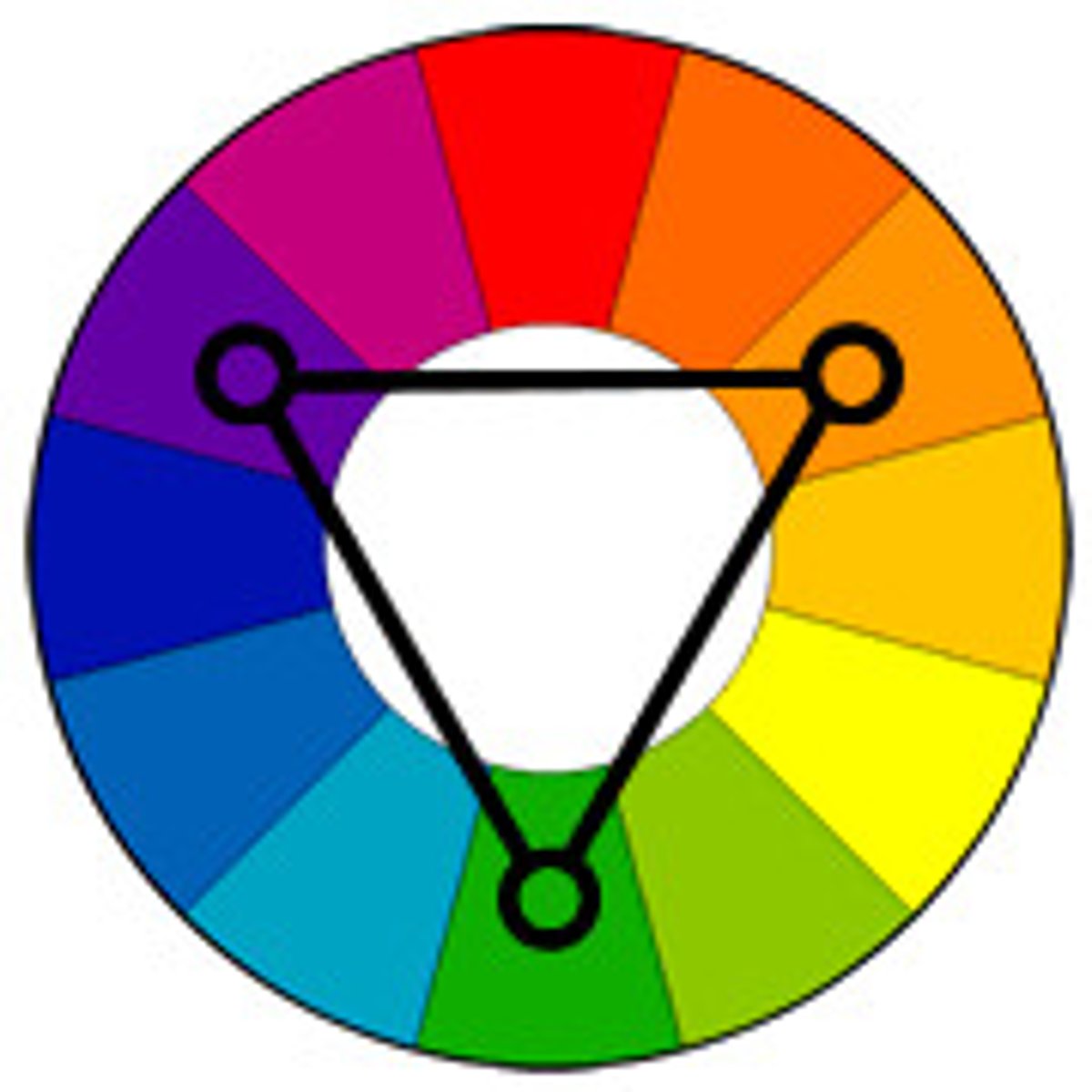
In the work shown above, Ernst anticipated and manipulated which of the following "postmodern" design principles to " convey a sense of irrational and the illogical?"
A. Gazing
B. Hybridity
C. Appropriation
D. Juxtaposition
D. Juxtaposition
What is most "reasonable" action to take for an artist whose work "requires" the use of a specific hazardous product?
Reading the product's label and proceeding according to the label directions.
In "storing" printmaking supplies, it is important to store which of the following materials "separately" from the others?
A. Acetic Acid
B. Rosin Powder
C. Nitric Acid
D. Solvents
C. Nitric Acid
What is the "characteristic" of a gesture drawing?
Action and Movement
A "hard-edge painting" is mostly likely to be characterized by...
An even, solid paint application
Which of the following terms refers to the process of using "thick applications of paint?"
A. Scumbling
B. Alla Prima
C. Impasto
D. Frottage
C. Impasto
What accurately describes a "JPEG compressed digital photograph?"
A JPEG format compresses file size by selectively discarding data.
Which of the following "digital camera settings" can be used to "keep colors accurate" under a variety of light conditions?
A. White Balance
B. Aperture
C. ISO Speed
D. Shutter Speed
A. White Balance
The term that best describes an artwork that "incorporates theatrical elements" such as body, movement, audience participation, music, and projected images is...
Performance Art
Which of following terms refers to "pottery" that has "not been bisque fired?"
A. Raku
B. Greenware
C. Terracotta
D. Stoneware
B. Greenware

Which of the following "tools" is LEAST likely to be used in the process of "creating wood sculpture?"
A. A Rasp
B. A Gouge
C. A Lathe
D. An Extruder
D. An Extruder
In weaving, the "vertical" & "horizonal" threads in a loom are called the...
Warp and Weft
"Fragile" works of sculpture can be displayed most securely by placing the works...
In a glass-paneled cases
Foreshortening
Representation of any object on a "two-dimensional surface" in such a way that the object appears to advance or recede.
Juxtaposition
Refers to the use of "unrelated images", materials, etc. "To create a new image."
Hard-Edge
An area of paint is "sharply defined" and "applied in a smooth way", without visible brushstrokes or other signs of gesture.
Impasto
Refers to "thick applications" of paint to a surface.
White Balance
Refers to the way the camera compensates for variations in light to "keep colors constant."
Bisque
Refers to preliminary firing that is "done" to harden the piece "prior to glazing and glaze firing."
Line
Used to "define a shape", and it is the "path between two points."
Space
Refers to the "foreground, middle ground, and background" of an artwork.
Value
The "lightness or darkness" of a color.
What are the Principles of Design?
Balance, contrast, emphasis, movement, pattern, rhythm, and unity.
Balance
How an artwork's "visual weight is organized." This can be symmetrical or asymmetrical.
Contrast
When an artwork's elements are "juxtaposed against each other to create interesting differences."
Movement
Using elements to "lead the viewer" throughout the piece.
Emphasis
To create a "focal point" in the artwork by using a bold color, asymmetrical balance, or a strong contrast.
Pattern
"Repeating" elements in the same order.
Rhythm
Repeating elements "without" a specific order.
Unity
"Harmony" throughout the artwork is created by elements working together.
What "Elements of Art" did the artist "Piet Mondrian" used in his painting "Composition with Red, Yellow, and Blue (1927)?"
Color, line, and shape
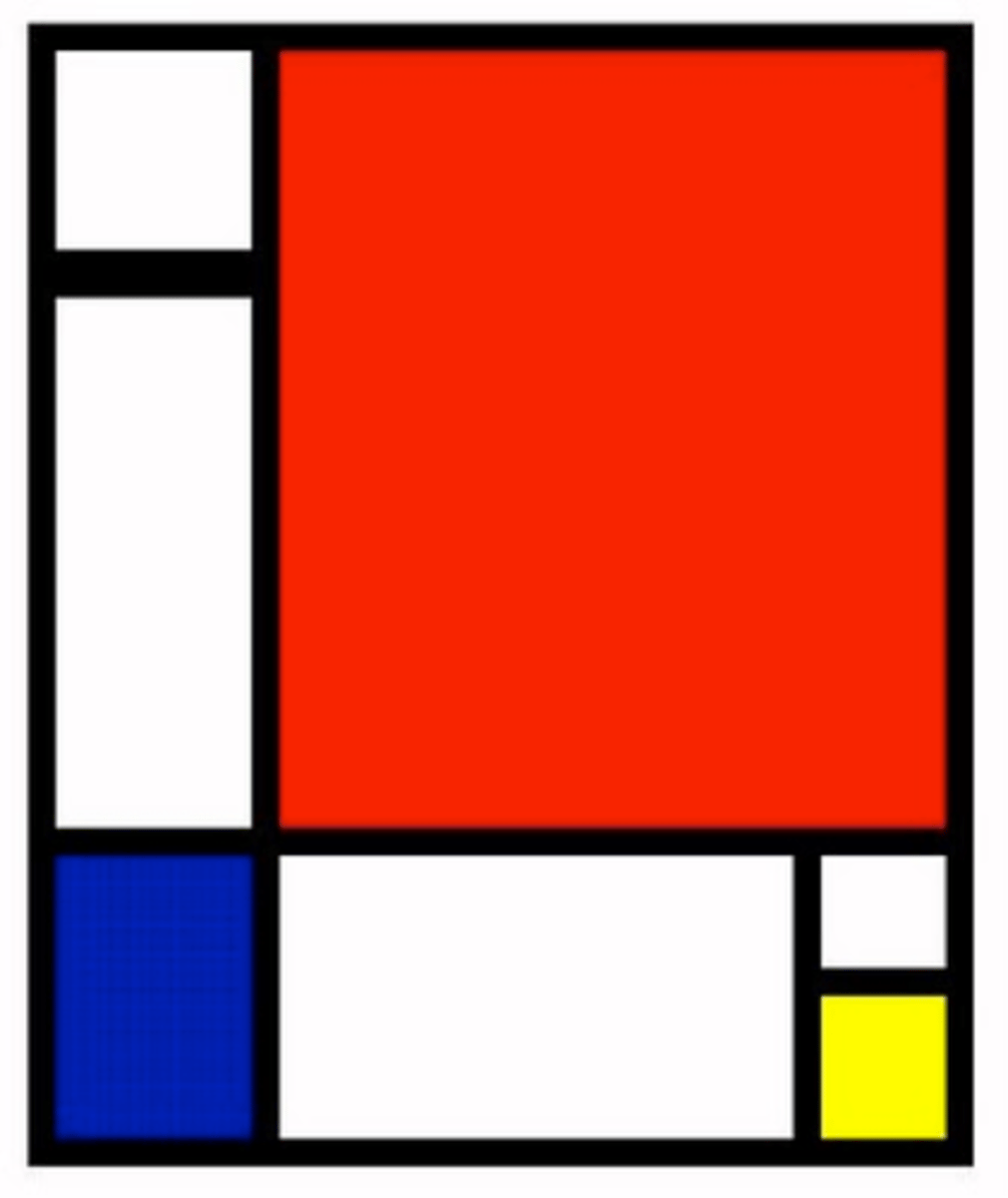
What "Elements of Art" did the artist "Emilia Glaser" use in her sculpture called "Embrace IV?"
Color, value, shape, line, and texture.

What "Principles of Design" did the artist Van Gogh use in his painting "The Starry Night?"
Contrast. Emphasis, Balance, and Movement.

What "Principles of Design" did the artists Claes Oldenburg and Coosje Van Bruggen use in their sculpture "Screwarch" (1978-1984)?
Contrast, Movement, Balance, and Pattern.
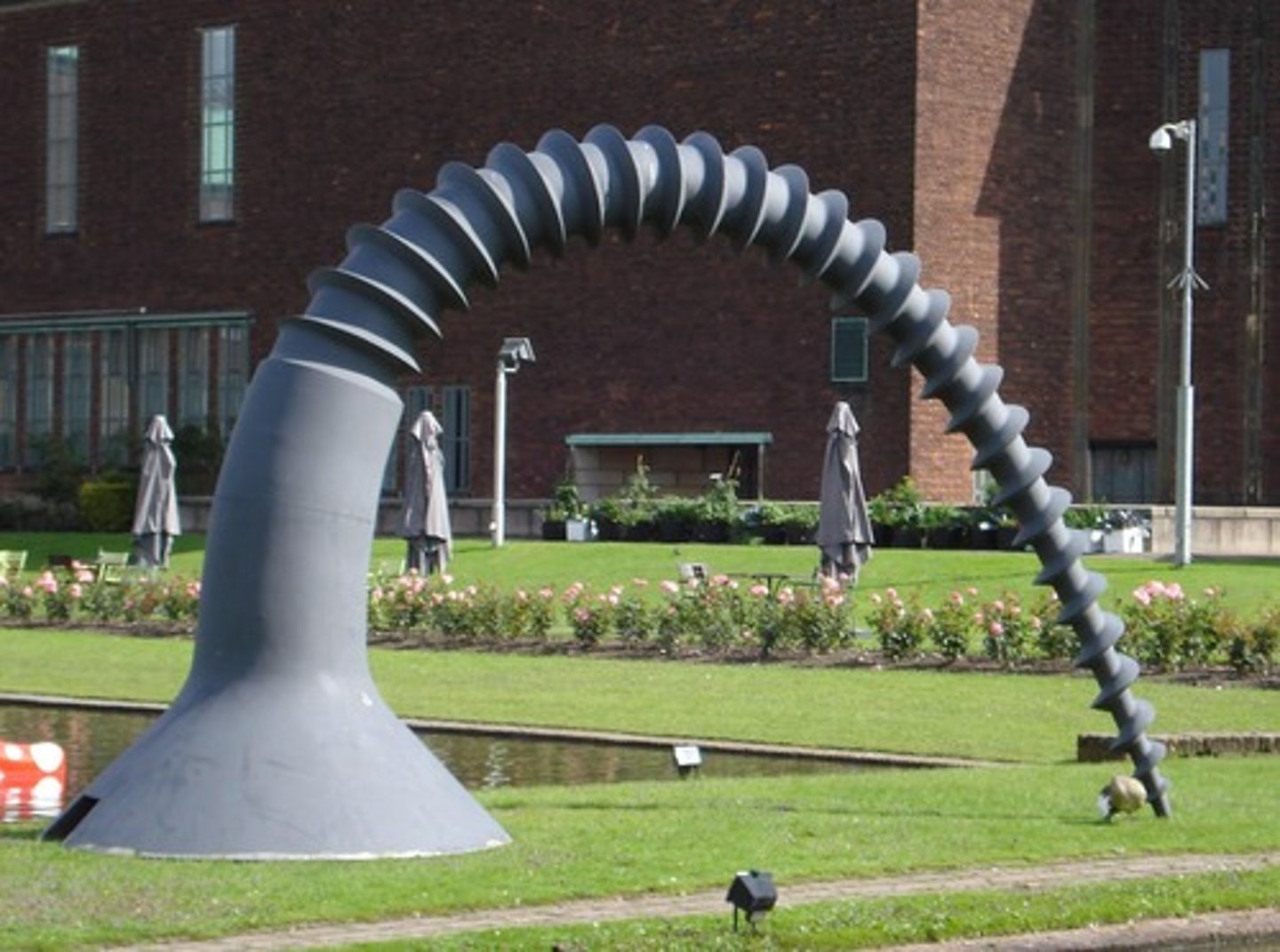
Examples of "Texture" on rough bark, smooth petals, or gritty sand are called
Organic Shapes
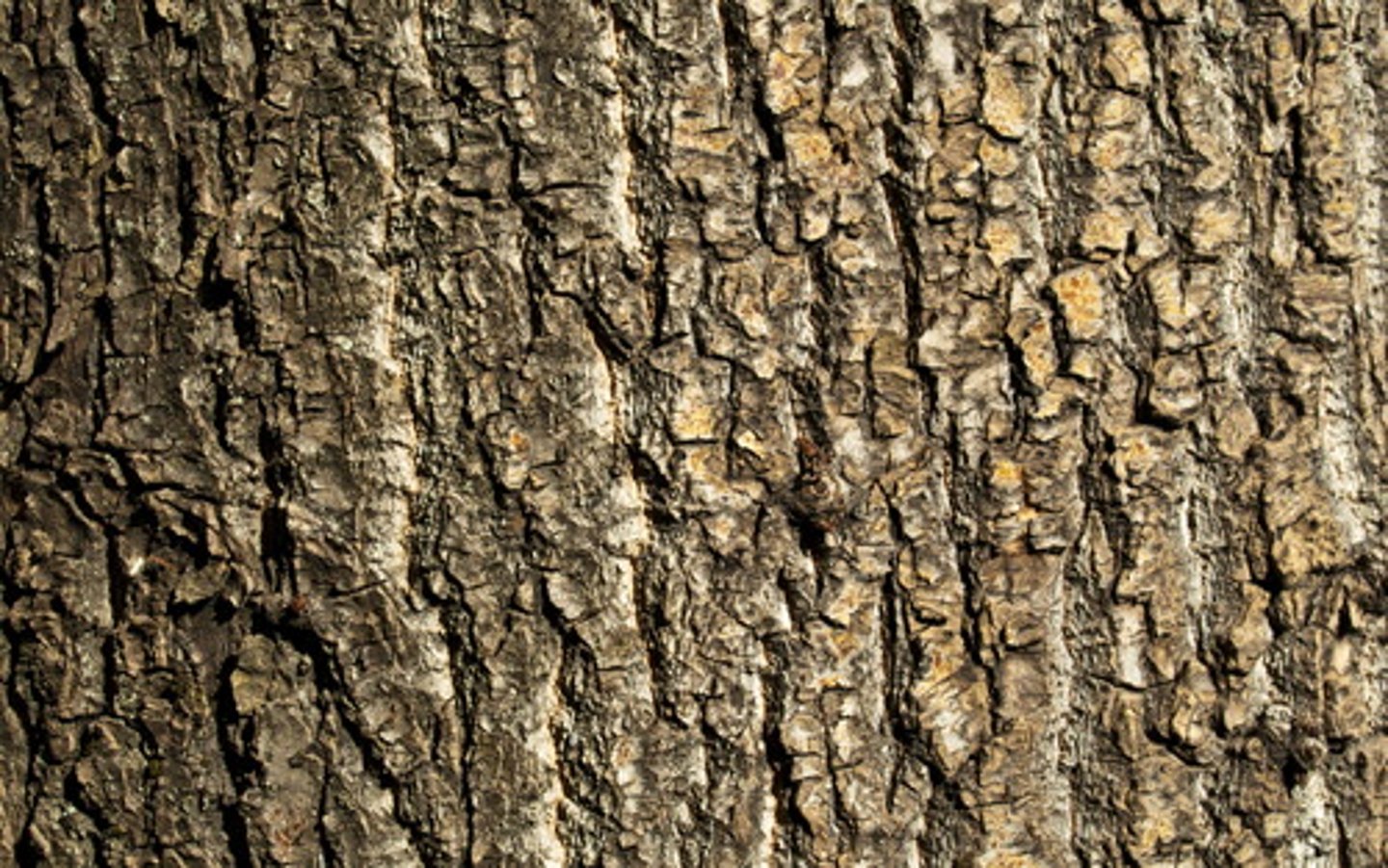
Examples of "Color & Value" can be found in landscapes, plants, trees, and rocks are called
Organic Shapes
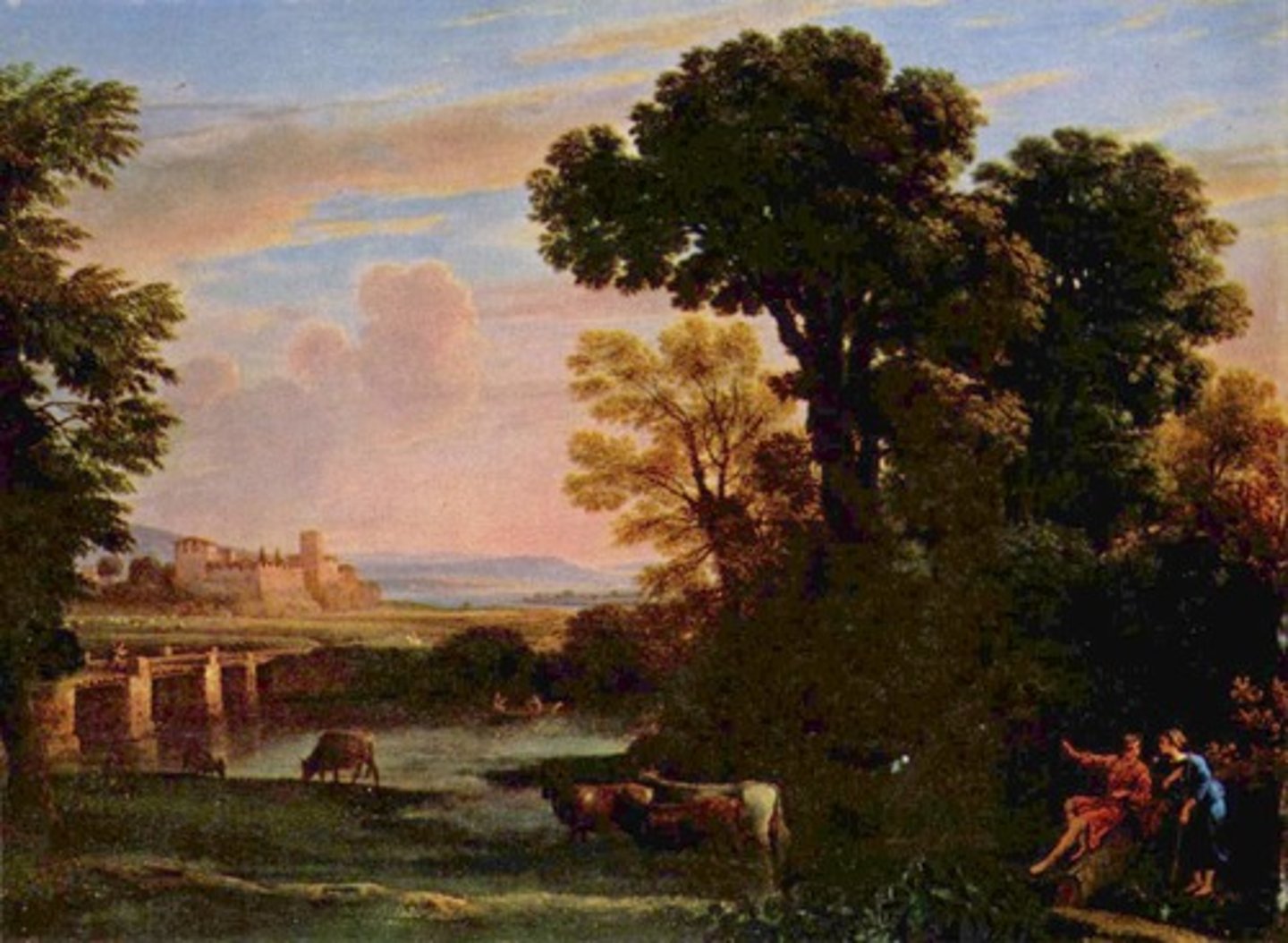
Composition
How an artwork is "organized", and the principles of design help an artist decide "how to arrange" the elements of art in their artwork.
The Ages of "Drawing."
1. Cave Walls (Egypt)
2. Paintings (Middle Age)
3. Art Form (Renaissance)
4. Free-Flowing (Baroque)
Charcoal
Early drawing material made from "slowly burned wood."
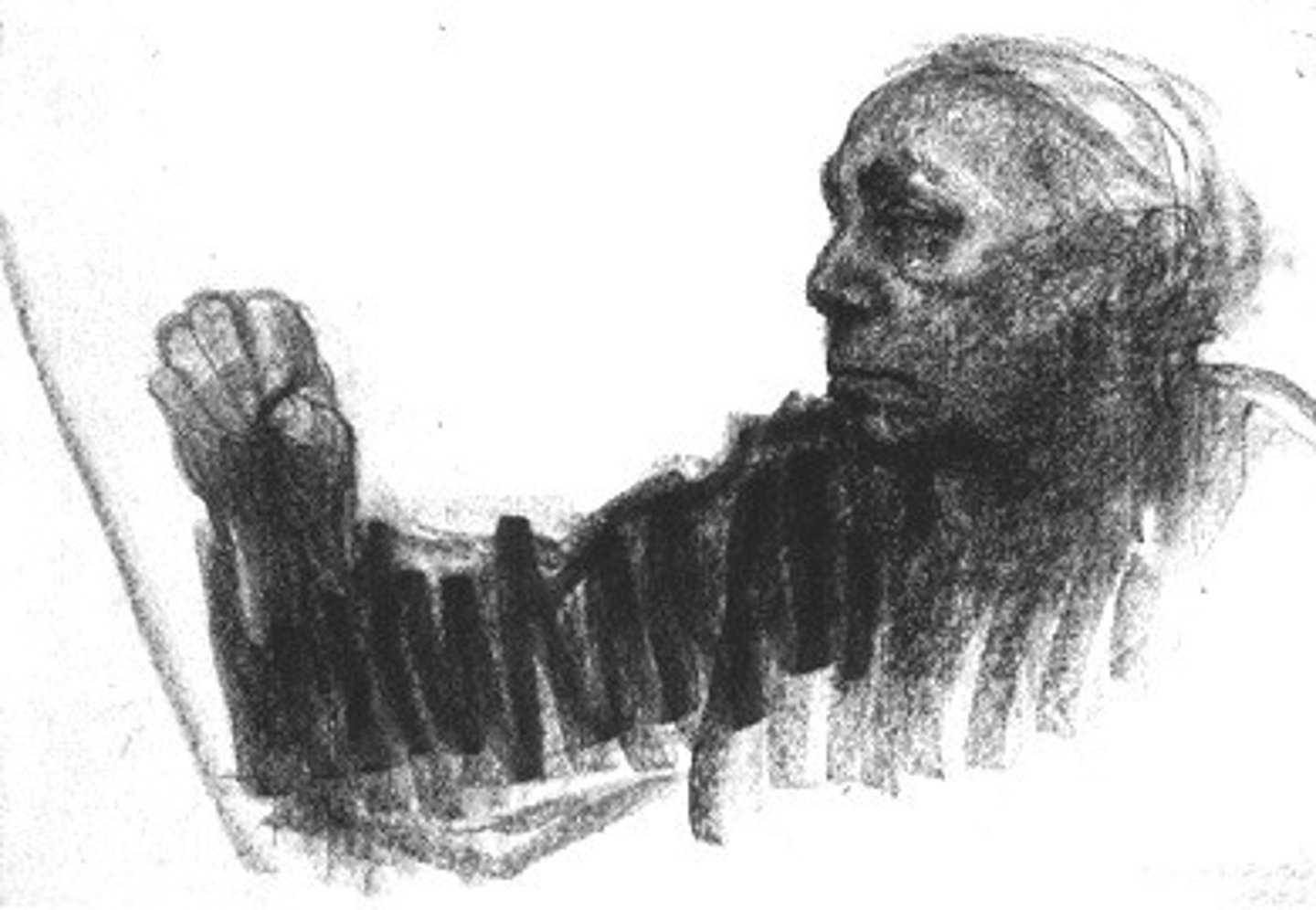
Red Chalk
Made from "iron oxide" pigment and "refine clay."

Black Chalk
Carbonaceous shale, and it is "softer" than red chalk.
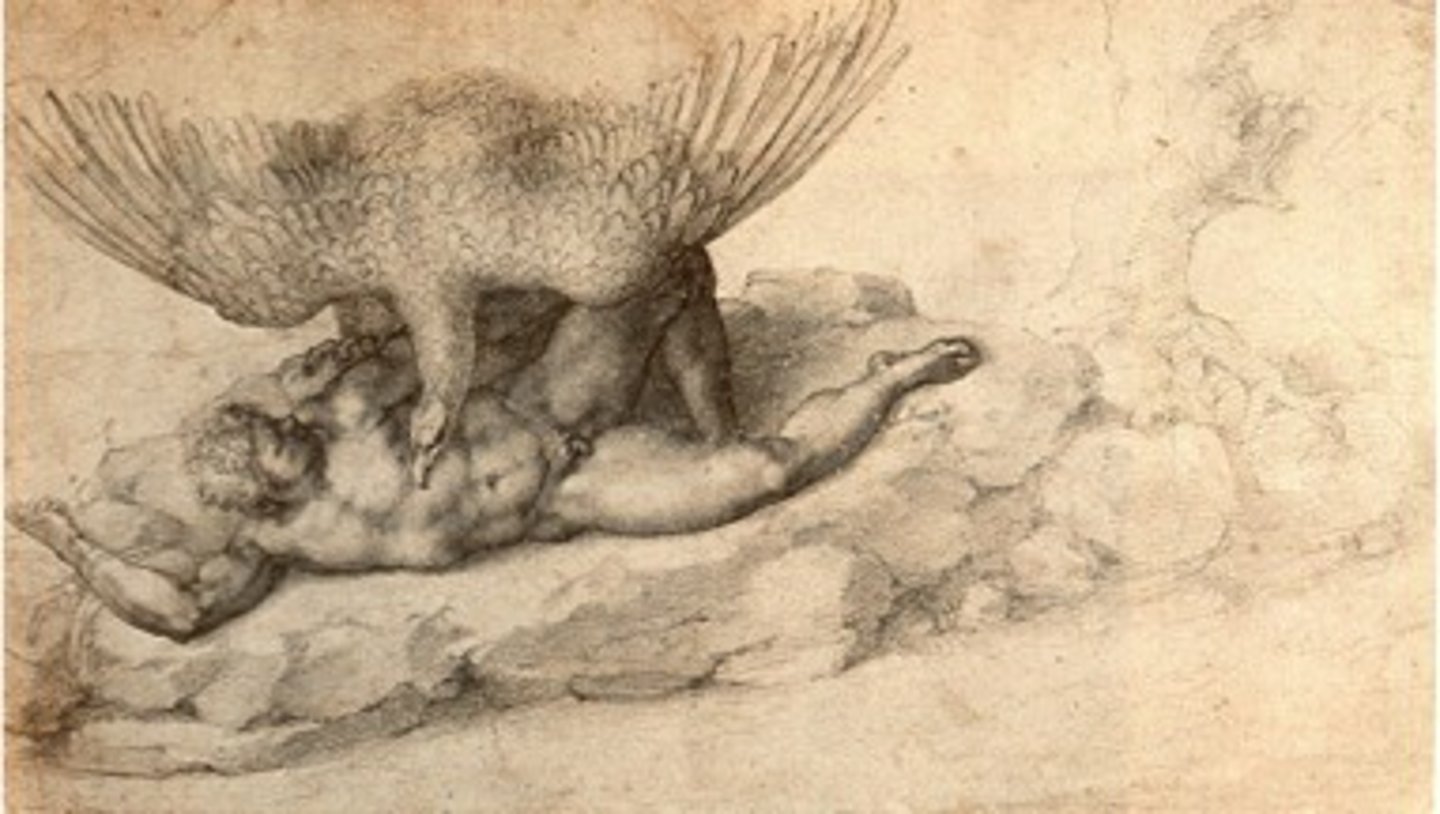
White Chalk
"Calcium carbonate or soapstone." To use for highlights on drawings.
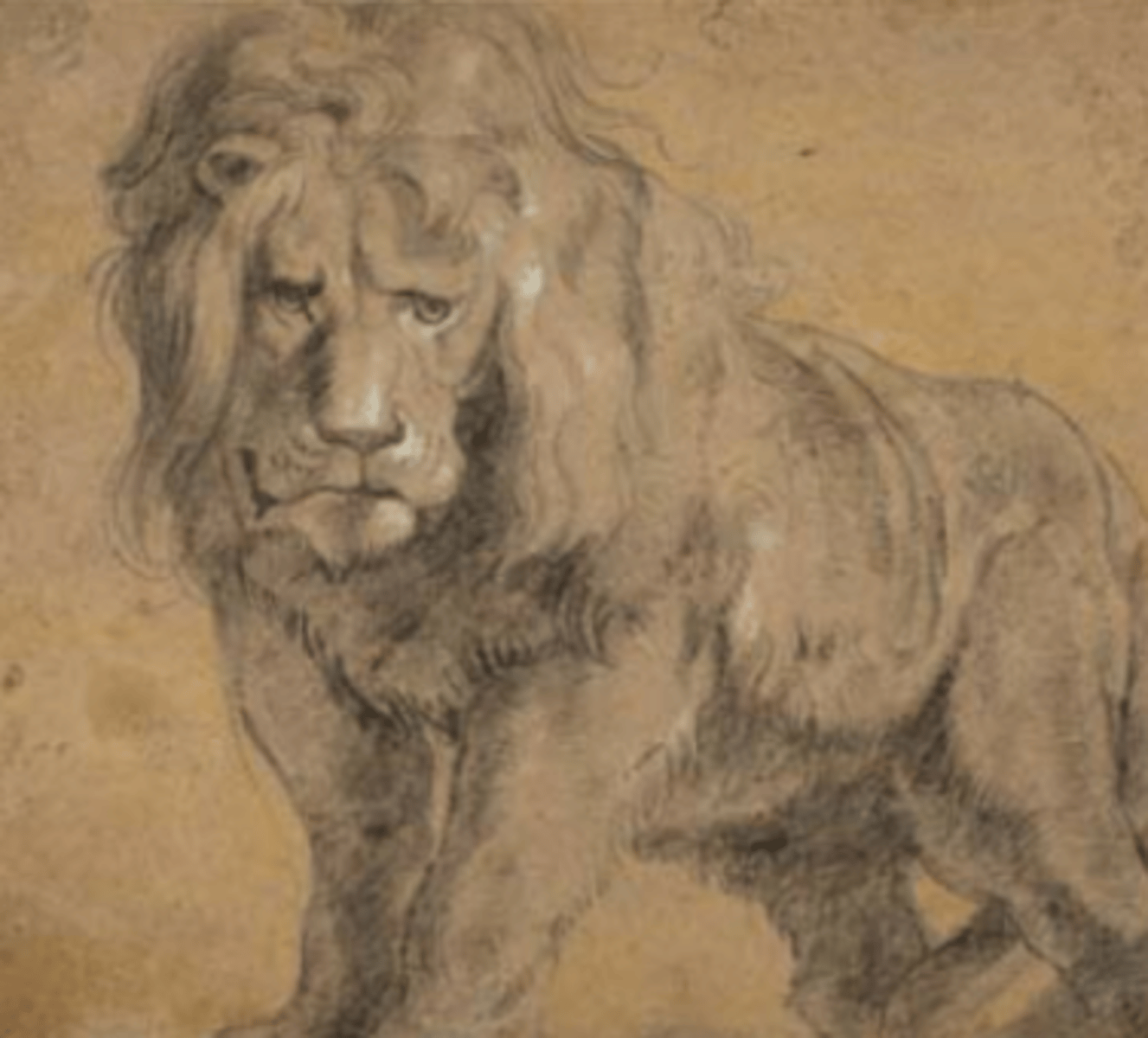
Conte Crayons
They are made in red, black, and white. They are "harder than chalk and produce smoother lines."
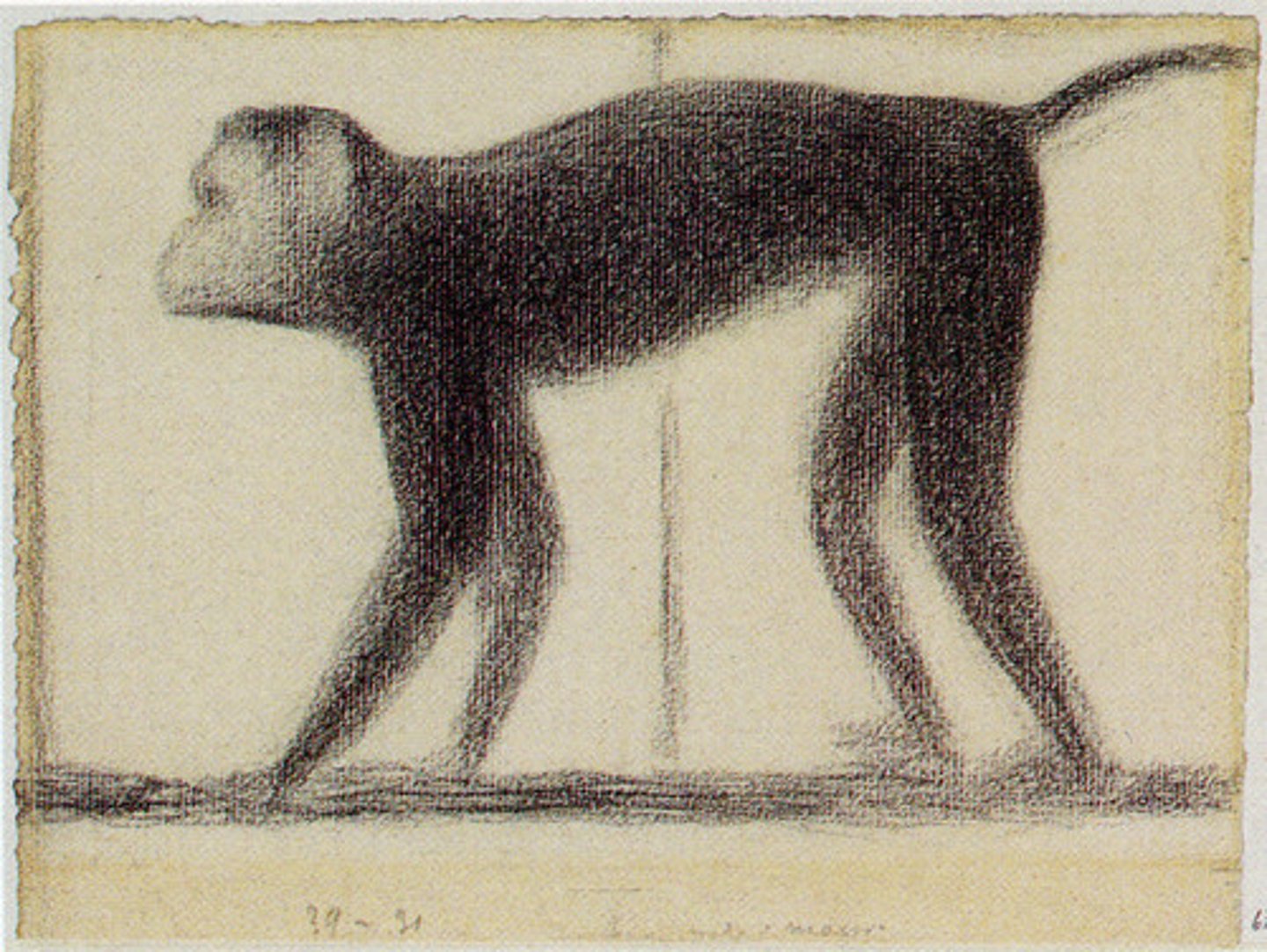
Graphite
A form of "carbon." Cut into strips and encased in wood for pencils.
Ink
A "liquid pigment" that can be used with a pen or a brush.
Pens
First made with "bird feathers (quills)" and "reeds", and later they were created with "metal tips."
Pencils
Made from graphite encased in wood.
Tortillon
A piece of paper wrapped tightly, ending in a point that can be "used to blend pencil and charcoal."
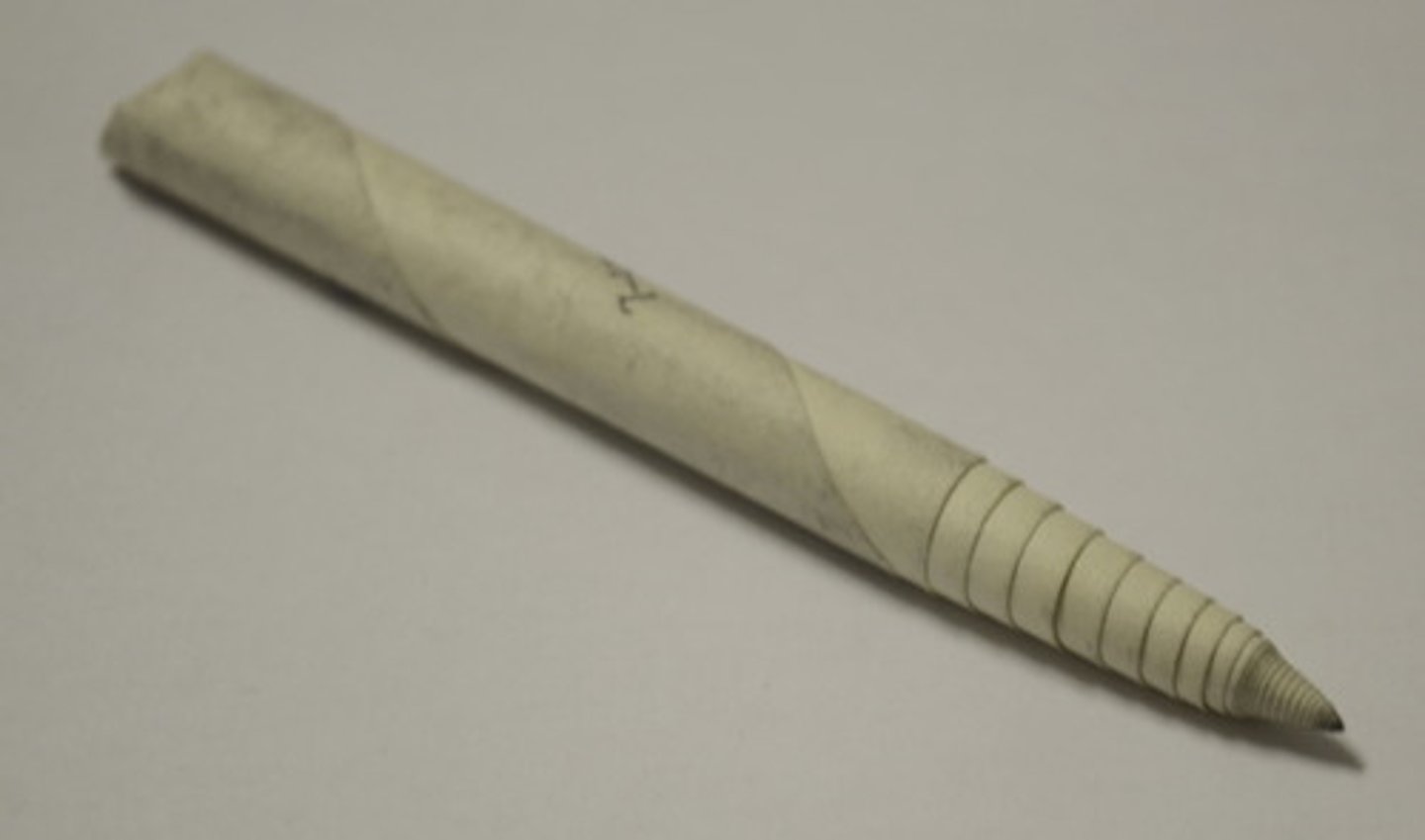
Parchment
Created from animal skin.
Paper
Comes in hot-pressed and cold-pressed surfaces.
Contour Drawing
Seeks to define the "outline" of an object."
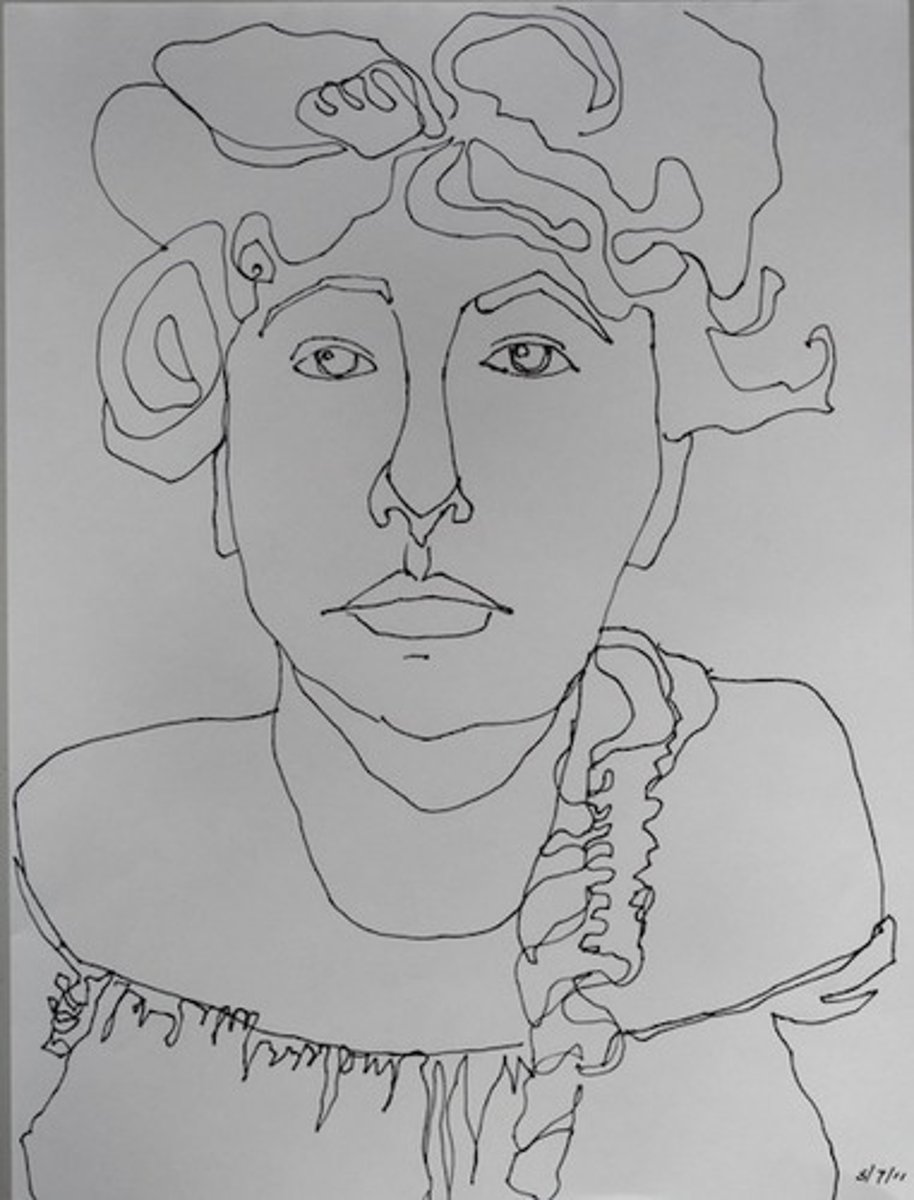
Blind Contour
Drawing is used by an artist to "practice sketching and perception."
Gesture Drawing
A technique used to "quickly capture" the "action" and "form" of a model or subject.
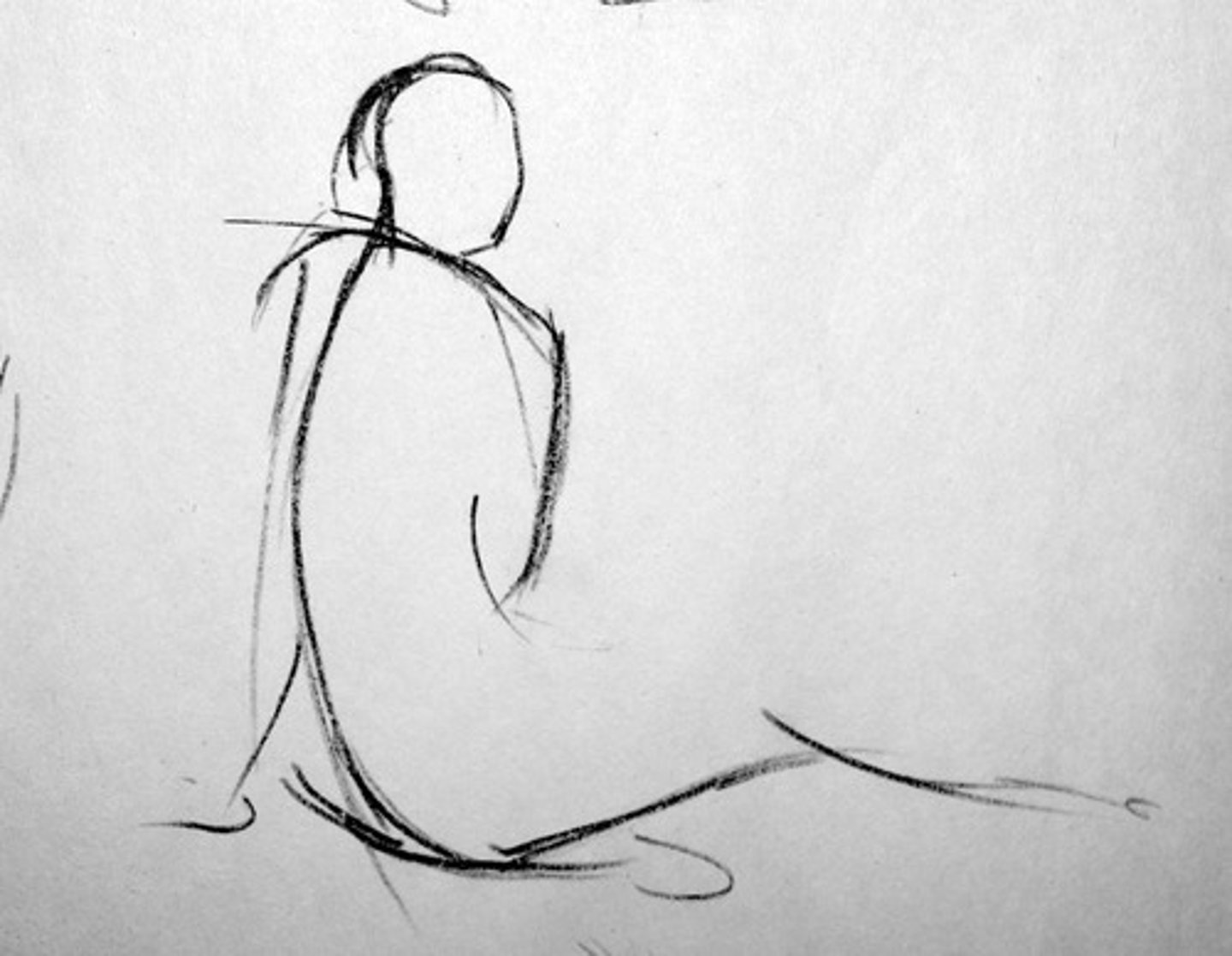
Perspective Drawing
A drawing technique that shows "spatial relationships" and the "illusion of space on a flat surface."
Two-point Perspective
The scene receding into two points on the horizon.
Hatching
A technique that uses closely placed "parallel lines to create shading and tones."
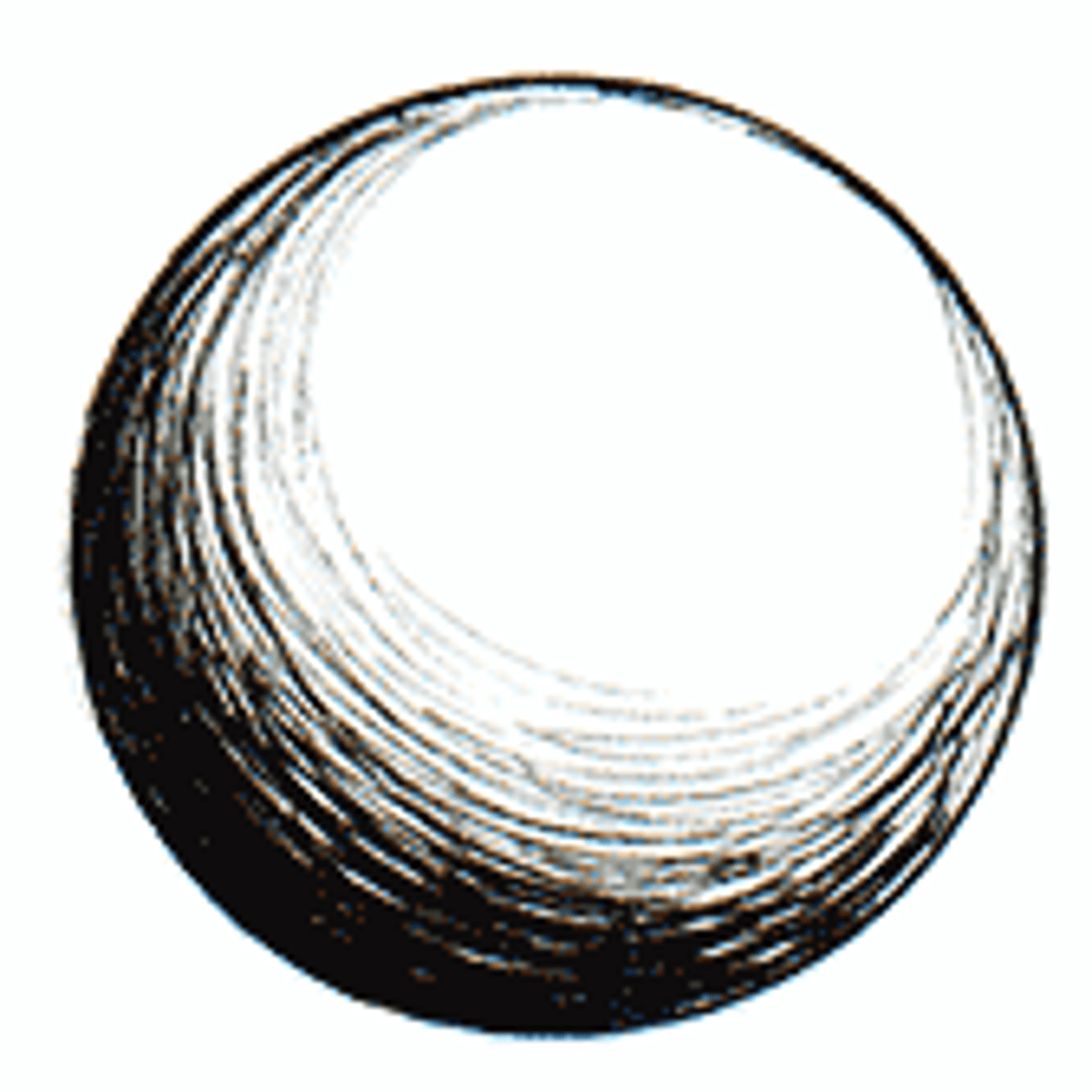
Crosshatching
Creating heavier shades and tones.
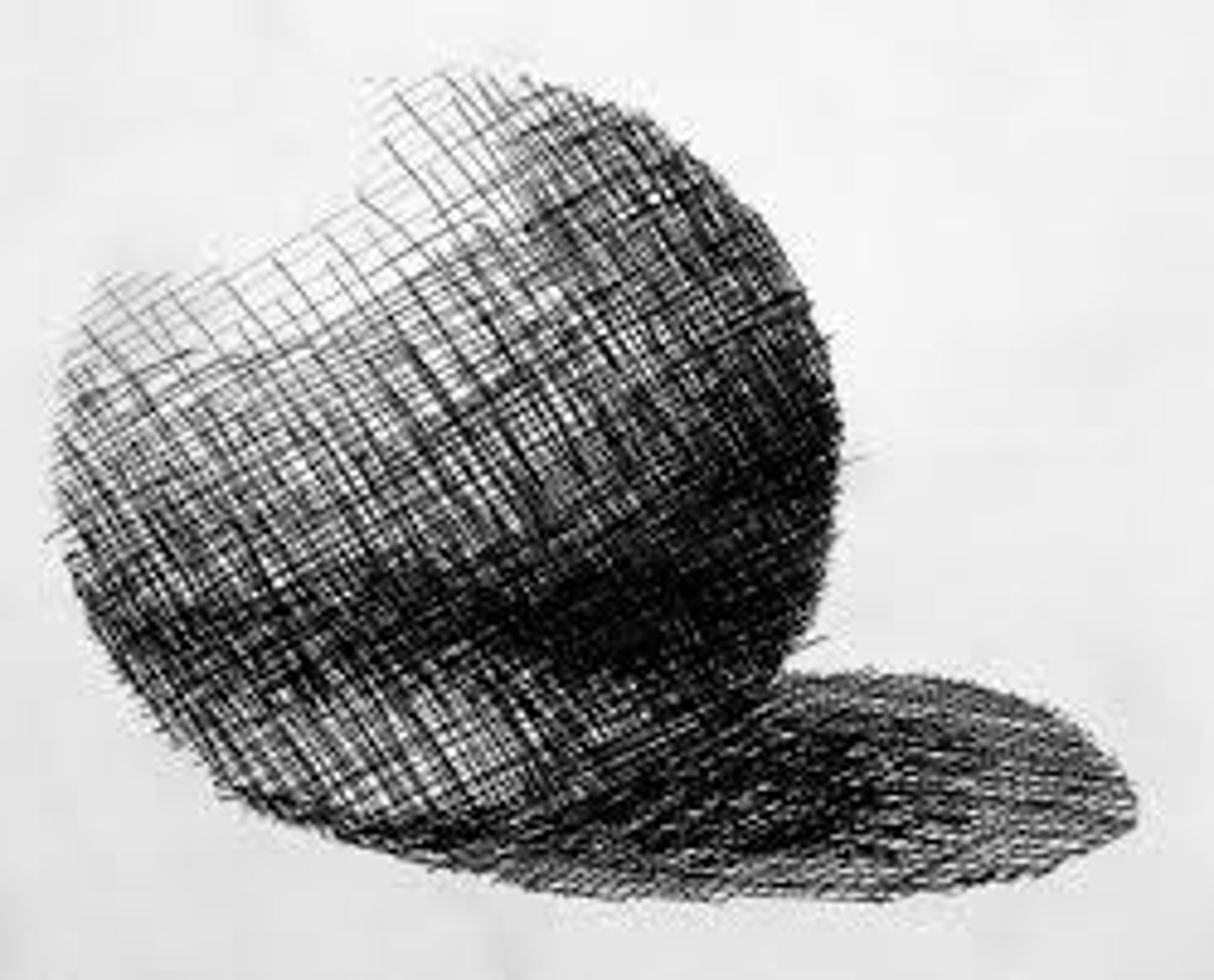
Shading
Adds depth and form to an artwork.
Critiquing
To describe, analyze, interpret, and judge it.
Oil Painting
Made from a pigment suspended in a drying oil.
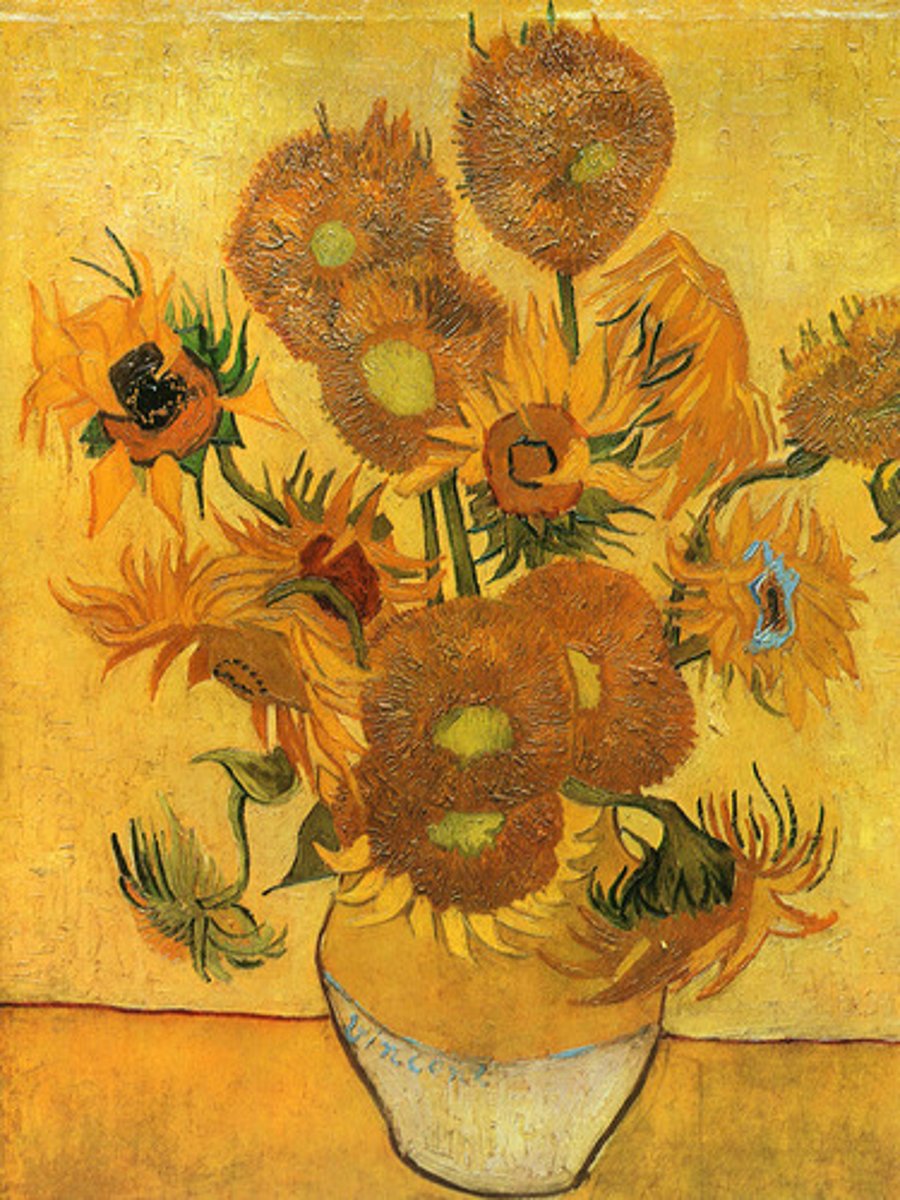
Watercolor
Created by adding pigment to a gum "Arabic" binder.
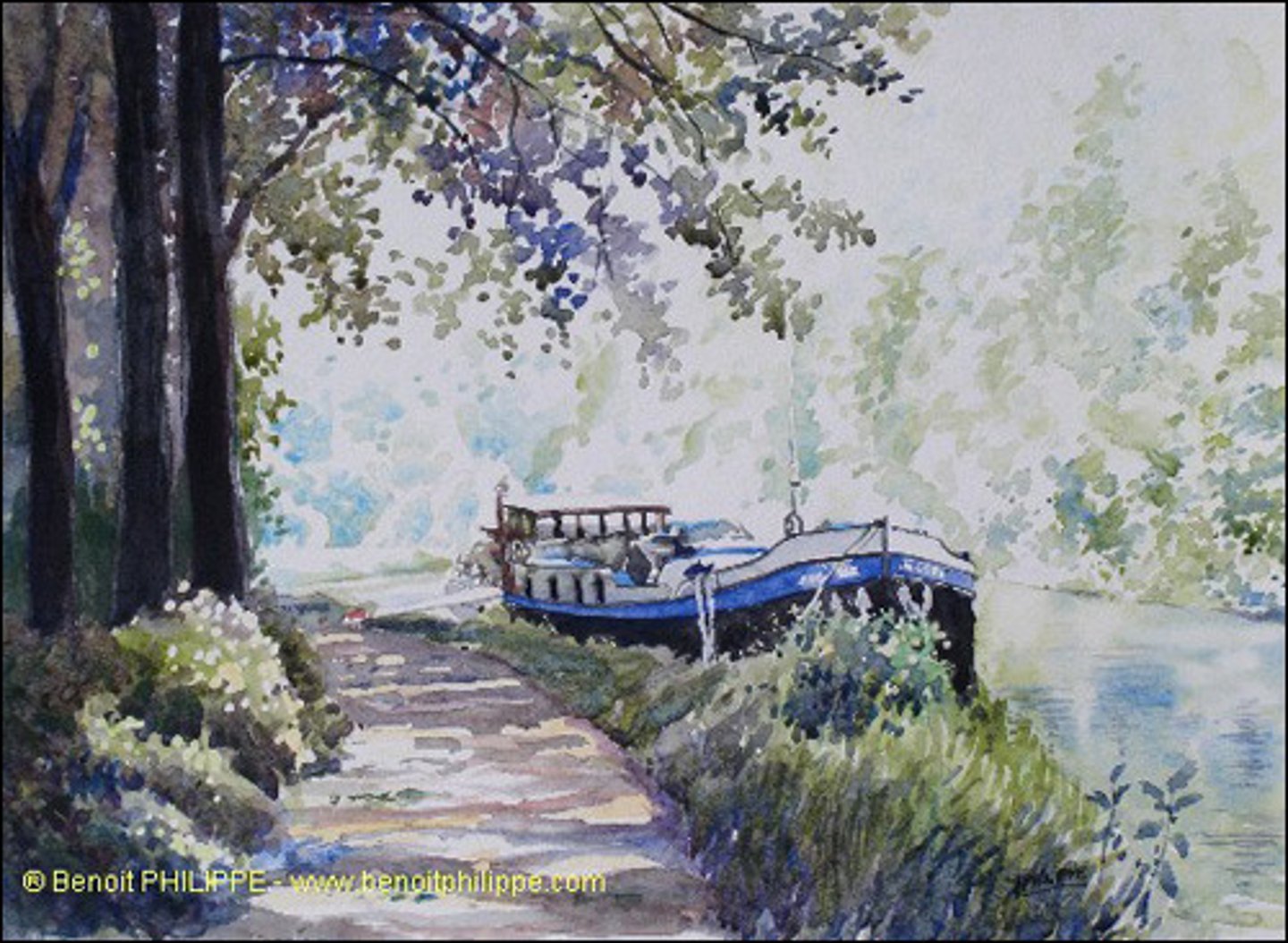
Who was "one of the earliest" watercolor painter in the 1500's?
Albrecht Duner
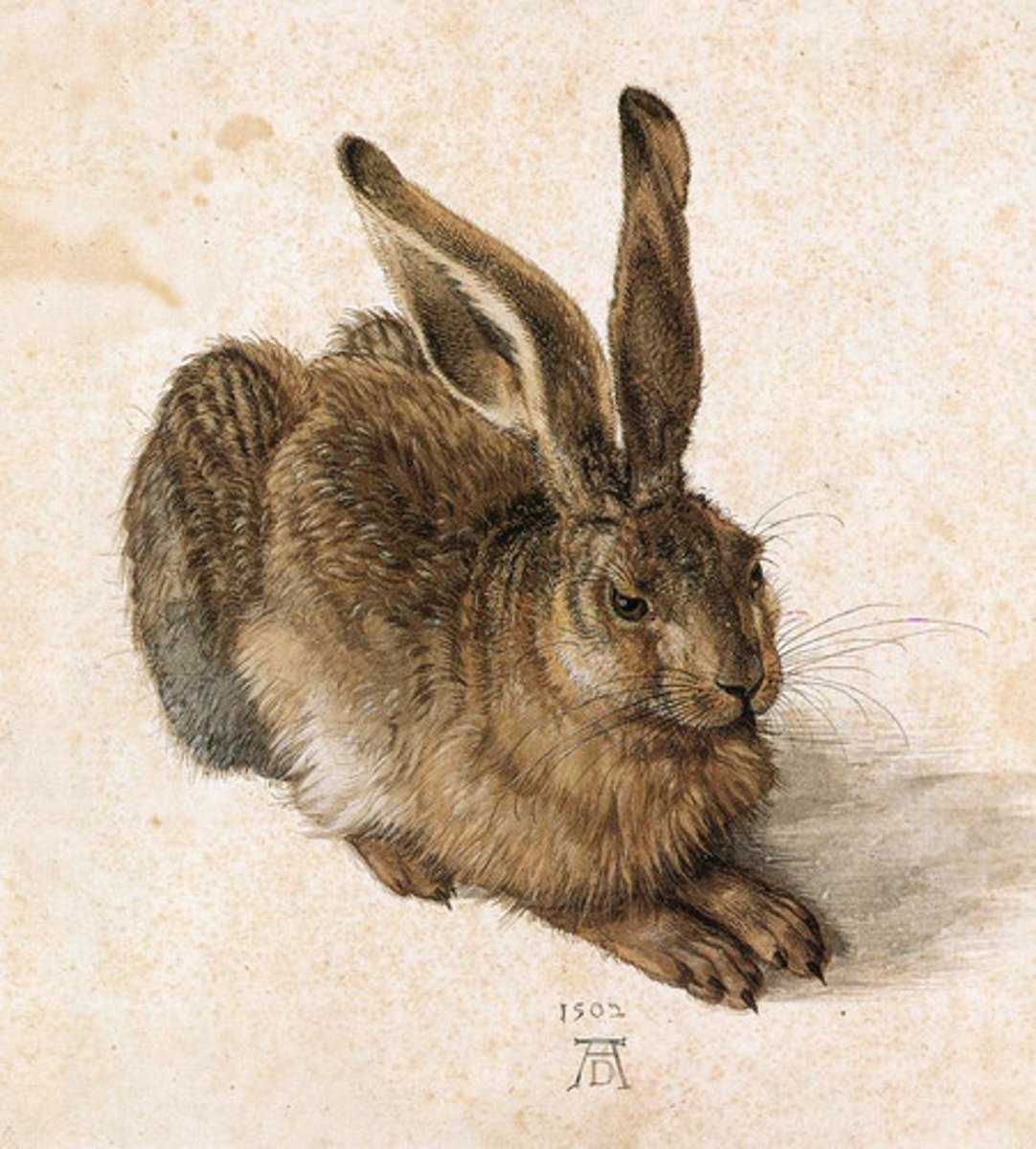
Egg Tempera
Created by adding pigment to egg yolk
What material is used on "Egg Tempera?"
"Stiff surfaces" such as wood panels or Masonite.
Gouache
An "opaque medium" with characteristics "similar to watercolor."
What is "Gouache" commonly used for?
Used for graphite arts including "illustrations", comics, posters, and animation.
Paintbrushes
"Used for oils and acrylic" generally have a more extended handle than watercolor brushes.

Drying Oils
Such as "linseed" and "poppy oil." This can be added to oil paints to "decrease drying times" and thin consistency.
Primer
A "based" on painting is commonly used with oil and acrylic paint.
Gesso
A "primer-based," water-based white paint mixture prepares the support.
Masking Fluid
To cover areas of the paper that are needed to "stay white for highlights."
Palette
Used to organized and mix colors for a painting.
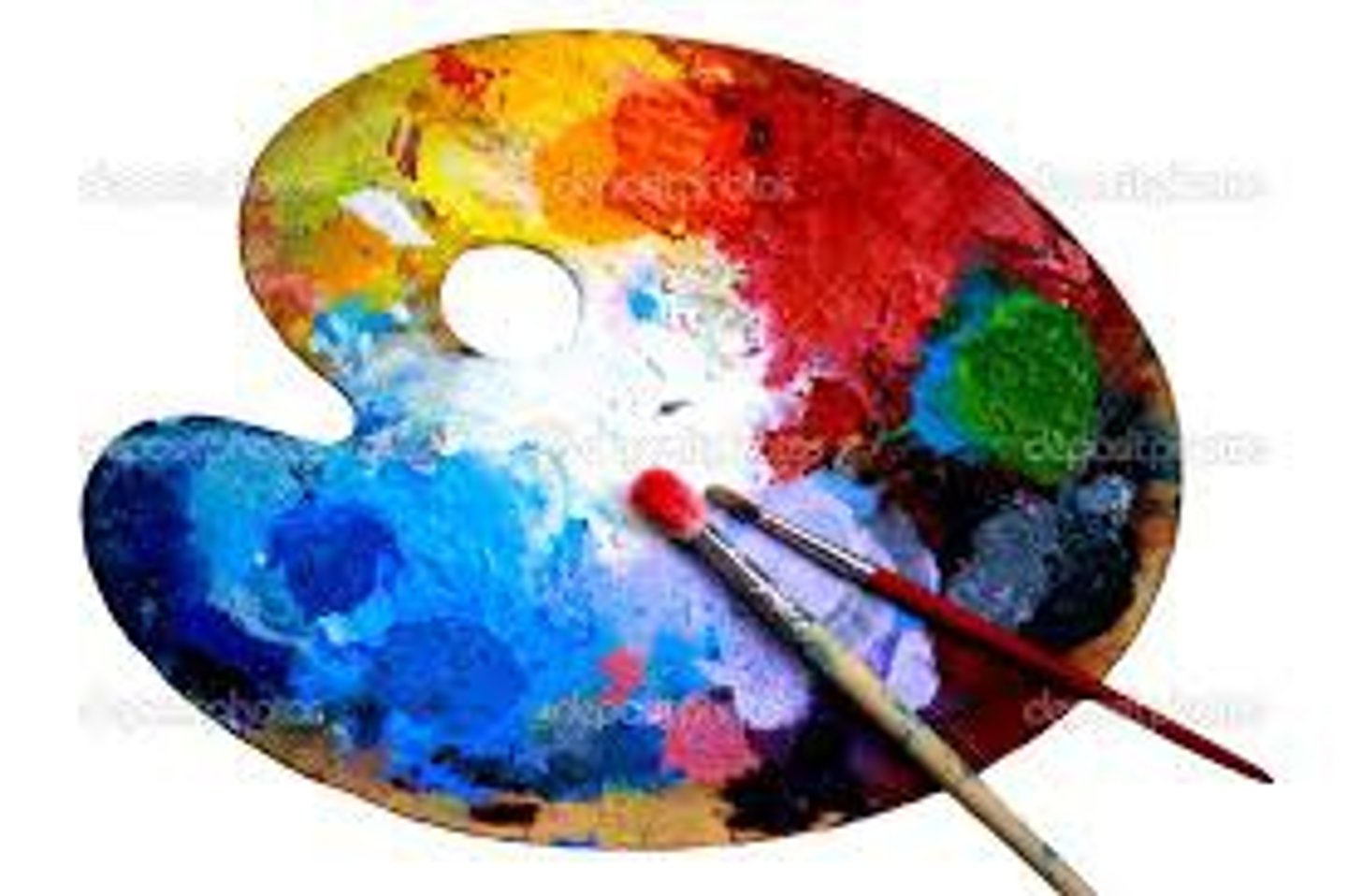
True or False. Does "Oil paint" dry longer than acrylic paint?
True.
True or False. Does "Acrylic Paint" dry faster than oil paint?
True.
True or False. Do artist use "wood" as a canvas for oil and acrylic paint?
True.
Can you use "acrylic paint" on top of "oil paint?"
No
What "Primer" do artists use before they paint on a "wooden canvas" when using oil and acrylic paints?
Gesso
True or False. Oil paint is used on paper.
False
True or False. Watercolor and Acrylic paint can be used on paper.
True.
Glazing
A technique used with oil paints to "layer transparent colors over a dried opaque color."
Dry Brush
A technique used with "water-based" and "oil-based paints."
Sgraffito
A " scratching " technique through a layer of paint reveals the layer or surface.

Wet-on-Wet
A watercolor technique in which the "artist paints onto already-wet paper."
Wash
A technique of "adding a large area of color" to the watercolor painting.
Flat Wash
A large area of one color.
Graded Wash
Goes from one color gradually to white or another color.
Plein Air
A painting technique that entails "painting outdoors."
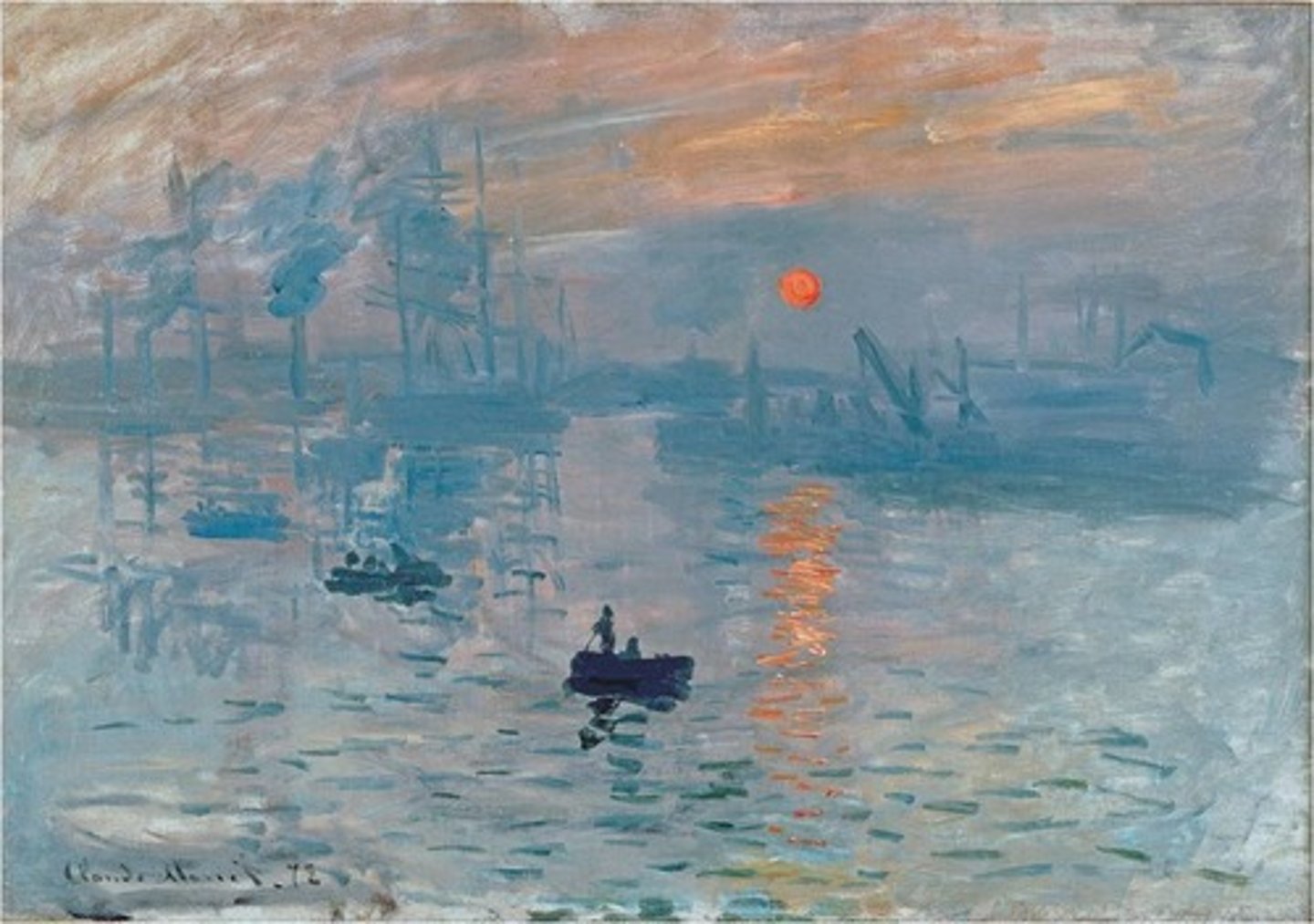
Alla Prima
A painting technique that entails painting "wet oil onto wet oil layers" that have not been allowed to dry.
Trompe L'oeil
A painting technique that means "to deceive the eye" in French.
Di Sotto Sue
"From Below, Upward." This means foreshortening and realistic depictions to create the illusion of more space around the viewer.
What painting technique did Vincent Van Gogh use for "Wheatfield with Crows? (1890)
Used brushstrokes with a "sense of movement" and impasto.
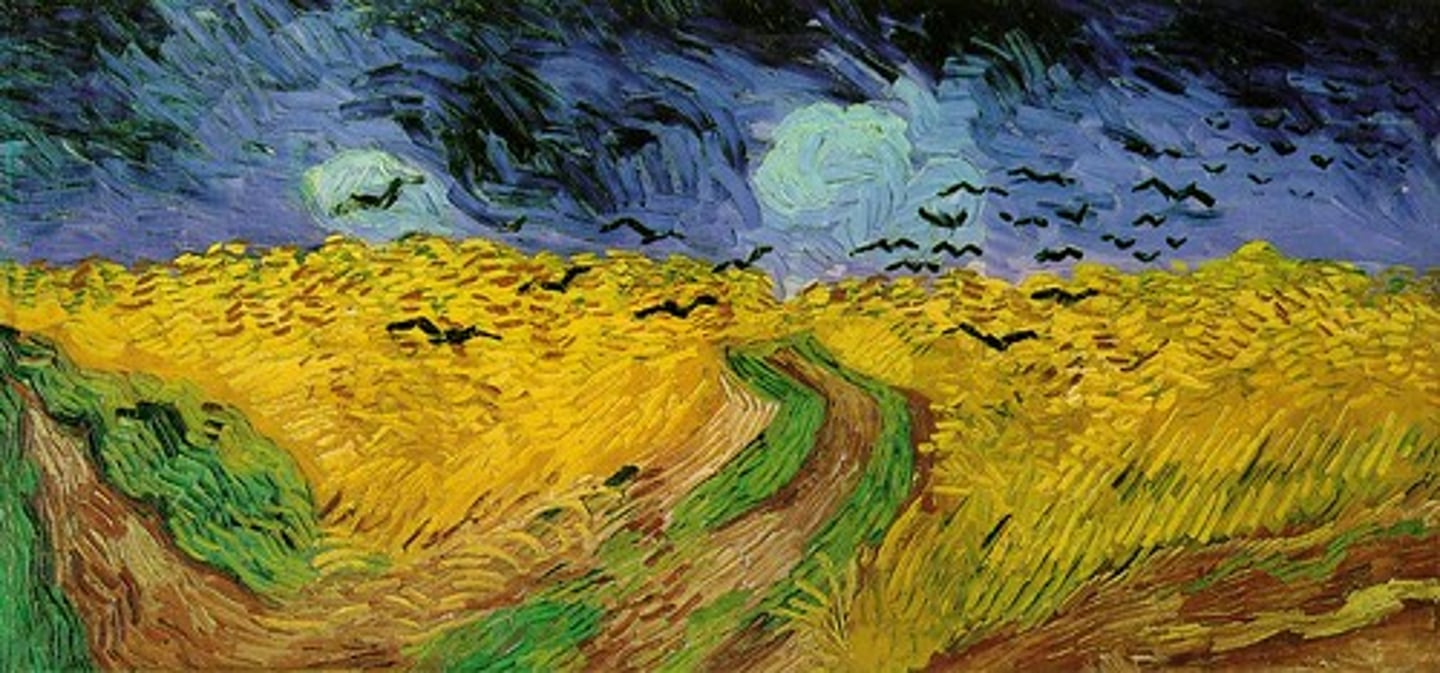
Which "perspective" did Leonardo Da Vinci use in the "The Last Supper?" (1495-1496)
One-point perspective

Apprentice
Someone who learned to be an artist by working under a master artist.